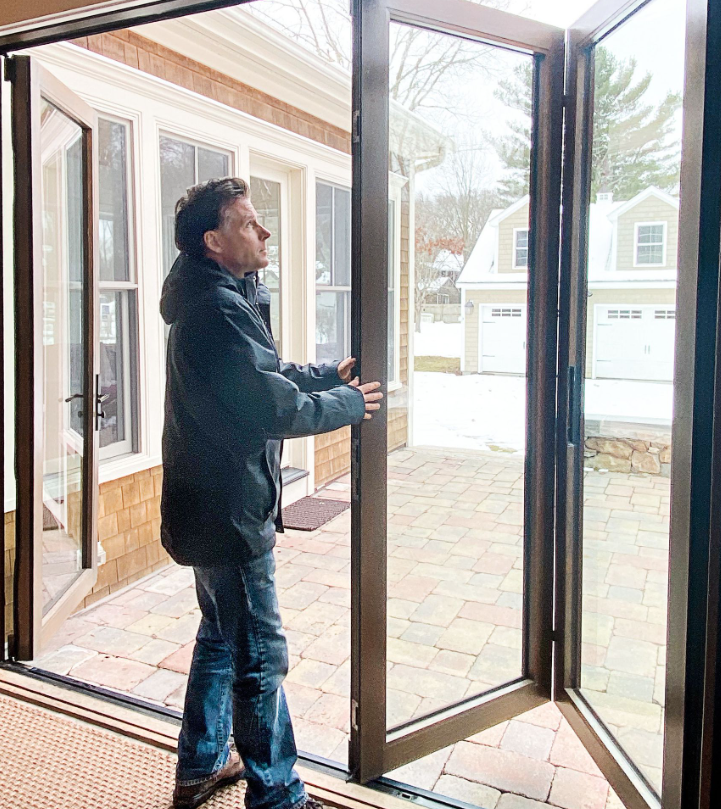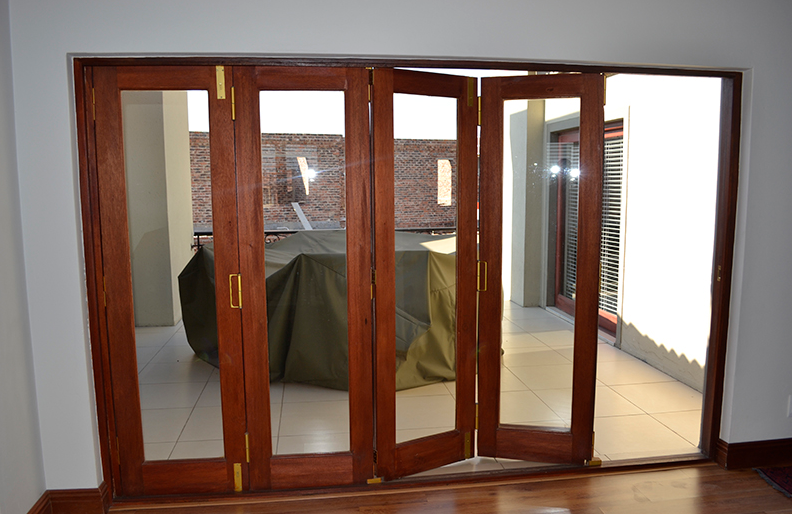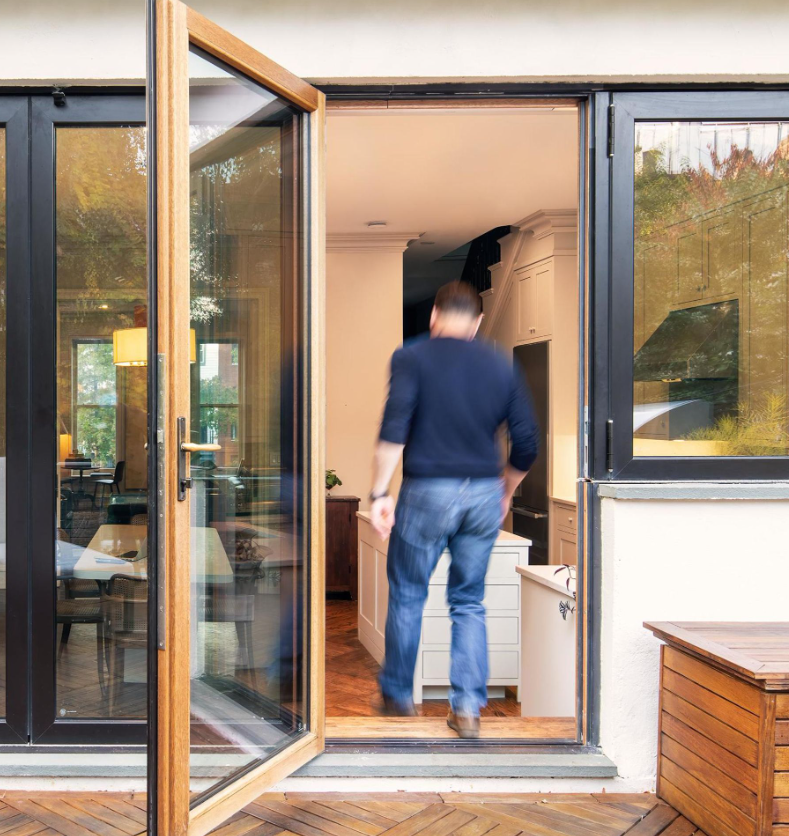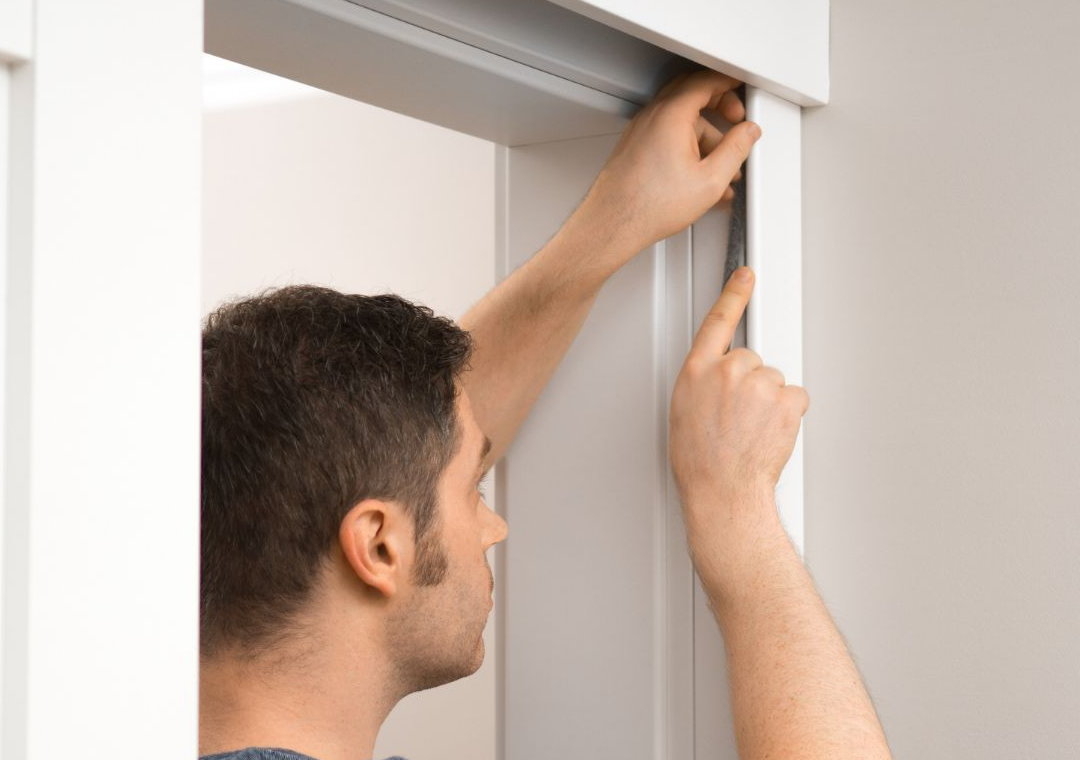Stacking doors can pose safety risks, have insulation challenges, require maintenance, and face operational issues.
Cost Implications
When considering the implementation of stacking doors, the financial factor plays a pivotal role. From the initial investment to the recurring maintenance costs, potential buyers need a clear understanding of the monetary commitments attached to this type of door system.

Higher Initial Purchase Price
Stacking doors, often known for their aesthetic appeal and space-saving features, can command a higher price tag compared to traditional sliding or hinged doors. For example, a quality stacking door system can range from $2,000 to $5,000, depending on the material, size, and brand. In contrast, a standard sliding door might start at $1,000. This price difference can be attributed to the complex mechanisms, quality of materials, and specialized manufacturing processes used for stacking doors. Moreover, the popularity and demand for these types of doors, especially in upscale residential or commercial settings, can further drive up the price.
Here’s a detailed breakdown of stacking door prices from a reputable source.
Maintenance and Repair Expenses
Unlike conventional doors, stacking doors consist of multiple panels, which means there are more components that can potentially fail or require upkeep. This can lead to more frequent servicing or replacement of parts. For instance, a damaged track or misaligned panel might require a professional’s attention, costing anywhere from $150 to $400 depending on the nature of the issue. Additionally, since stacking doors generally have more intricate locking mechanisms and hardware, they might demand specialized services which can be pricier than standard door repairs.
To help door owners, Wikipedia offers a general guide on door maintenance which includes insights on stacking doors.
Space Requirements
Stacking doors, while innovative and aesthetically pleasing, have unique spatial demands that potential buyers should consider. The space required for them goes beyond just the door’s dimensions; one must also factor in the area needed for the door to operate smoothly and effectively.
Need for Sufficient Stacking Space
Stacking doors operate by folding or sliding multiple panels alongside one another, which means they need adequate space for these panels to stack. For instance, a door system with five panels might require an additional three to four feet of clearance on one side for the panels to stack without obstruction. When planning for such a door installation, measuring the available space is crucial. If you’re considering a particularly wide door or one with many panels, ensure that the stacking side has enough clearance. This might mean sacrificing some usable space adjacent to the doorway or rethinking furniture placement to ensure unhindered operation.
For more insights on how these doors function, you can refer to the Wikipedia page on multi-fold doors.
Limitations for Smaller Spaces
While stacking doors can create an open and airy environment, they might not be the best fit for every space. Rooms or patios with limited width may not be able to accommodate the stack of panels, especially when the door is fully open. In scenarios where every inch of space counts, such as small apartments or compact balconies, the stacking feature might end up being more of a hindrance than a benefit. Furthermore, the space reserved for the stack can sometimes limit the usable door opening, which can be inconvenient when moving large furniture or hosting events with high foot traffic.
For those interested in maximizing small spaces, Wikipedia has a segment on space-saving design techniques.
Security Concerns
When discussing the merits of any door system, security remains at the forefront of considerations. For stacking doors, understanding the associated security risks and potential countermeasures can be a decisive factor for many homeowners and businesses. The unique design and operation of these doors bring forth specific challenges.
Potential Vulnerabilities
Stacking doors, by virtue of their design, consist of multiple panels sliding or folding beside each other. Each panel junction can be a potential weak point for forced entries. Intruders often target the gaps between panels or the tracks where they slide, trying to either lift the doors off their tracks or pry them apart. Moreover, the extensive use of glass, common in many stacking door designs, can make them susceptible to shattering, offering another entry point for burglars.
For those interested in understanding door vulnerabilities, Wikipedia offers insights into forced entry methods.
Challenges in Adding Security Features
Traditional doors often come with a range of aftermarket security enhancements, from deadbolt locks to security bars. However, the design of stacking doors can make integrating some of these features a bit challenging. For example, adding a security bar might interfere with the folding or sliding mechanism. Moreover, due to the potential large expanse of glass, it can be challenging to add security film or mesh without compromising the door’s aesthetic appeal. While there are security solutions specifically designed for stacking doors, they can be more expensive and might not provide the same level of fortification as solutions available for traditional doors.
For homeowners looking to bolster their home security, Wikipedia has a section dedicated to home security.
Durability and Maintenance
Stacking doors, with their sleek design and multi-panel operation, bring an unparalleled aesthetic to many settings. However, with their unique build and functionality, they also have distinct durability and maintenance concerns. By understanding these aspects, homeowners can make informed decisions and ensure the longevity of their investments.
Wear and Tear Over Time
Like any moving object, stacking doors experience wear and tear as they fold, slide, and stack repeatedly. The tracks, which bear the weight and movement of the panels, can wear out, leading to a less smooth operation or even damage to the panels themselves. Also, the rollers and bearings, crucial for fluid movement, can degrade over time, demanding replacement. Seals, especially in exterior stacking doors, face the wrath of weather, potentially leading to air and water leaks if they deteriorate.
For those keen on understanding the impact of wear and tear on various materials, Wikipedia offers a detailed perspective.

The Potential for Misalignment
Given the multiple panels and their coordinated movement, stacking doors can sometimes go out of alignment. This misalignment can be due to uneven weight distribution, settling of the building, or even improper usage. When a door is out of alignment, it can cause uneven gaps between panels, hinder smooth operation, or even prevent the door from fully closing. Regular checks and adjustments can prevent this from becoming a bigger issue.
For a broader understanding of alignment in engineering contexts, Wikipedia provides insights.
Difficulty in Replacing Individual Panels
In the unfortunate event of damage, replacing a single panel in a stacking door can be more challenging than with traditional doors. Given the interdependence of the panels, a replacement often needs to perfectly match the other panels in terms of size, weight, and aesthetics. This could mean sourcing from the original manufacturer or seeking a custom solution. Furthermore, improper installation of the replacement panel can lead to operational issues or further damage.
For a deeper dive into the complexities of door repair, Wikipedia has relevant information.
Thermal and Acoustic Insulation
Stacking doors, due to their design and the materials commonly used, can present certain challenges related to thermal and acoustic insulation. While they add to the beauty and functionality of a space, ensuring they maintain the desired internal environment is crucial for the comfort and well-being of inhabitants.
Insulation Challenges
The multi-panel design of stacking doors can create more potential points for thermal and sound leakage. The junctions between panels can sometimes be less airtight than traditional door seams, leading to drafts or outside noises infiltrating the indoors. Additionally, the expansive use of glass in many stacking doors can lead to significant heat transfer if not of the right grade or type. Poorly insulated glass can make interiors excessively cold during winters or uncomfortably warm during summers, affecting the comfort levels.
For those interested in a deep dive into insulation materials and principles, Wikipedia offers an informative read.
Energy Efficiency Concerns
Linked directly to insulation is the broader concern of energy efficiency. A door that is not well-insulated can result in increased energy costs as heating or cooling systems work overtime to compensate for the loss or gain of heat through the door. Over time, this can significantly impact utility bills and the carbon footprint of a household or business. When choosing stacking doors, it’s essential to consider features like double or triple glazing, which can mitigate some of these energy inefficiencies.
For those keen on understanding the nuances of energy-efficient building components, Wikipedia’s comprehensive section on energy conservation can be insightful.

Operational Issues
While stacking doors offer a blend of beauty and space-saving functionality, like all mechanisms, they are not immune to operational challenges. Being aware of potential issues and understanding their causes can be instrumental in ensuring the longevity and smooth operation of these doors.
Potential for Jamming
One of the most common concerns with stacking doors is the potential for them to jam. The intricate sliding or folding mechanism relies on tracks, rollers, and bearings, all of which can accumulate dust, dirt, or debris over time. If not regularly cleaned, this accumulation can hinder smooth movement and even result in a door that refuses to budge. Similarly, wear and tear or a slight bend in the track can also lead to jamming. Regular maintenance and occasional professional servicing can help prevent such scenarios.
To understand the basics of friction and the mechanics behind jamming, this Wikipedia article on friction provides an overview.
Handling During Adverse Weather Conditions
Stacking doors, especially when used as exterior doors, are exposed to the elements. Adverse weather conditions like strong winds, heavy rainfall, or snow can pose operational challenges. Wind can exert pressure on the panels, making them difficult to move or potentially damaging the locking mechanism. Accumulation of snow or rainwater in the tracks can hinder door movement and, if not addressed, can lead to rust or other damage. In coastal areas, salt in the air can also corrode parts of the door over time. It’s essential to ensure that stacking doors installed in such environments have weather-resistant features and materials.
Safety Concerns
Stacking doors, with their sophisticated aesthetics and functionality, come with a set of safety challenges that users must be aware of. Ensuring that these doors are not just functional but also safe for everyday use is of paramount importance for homeowners, businesses, and other users.
Risk of Injury from Pinching
The design of stacking doors involves multiple panels that either slide or fold together. This mechanism creates potential pinch points where fingers, especially those of young children, can get trapped. An inadvertent push or pull, or an accidental release of the door while someone’s fingers are near the hinges or tracks, can result in painful pinches or more severe injuries. It’s essential to educate users, especially children, about these risks and consider installing safety features or devices that minimize the chance of pinching.
For more details on safety mechanisms and their significance, Wikipedia’s article on safety engineering provides a comprehensive overview.

Glass Breakage Risks
Many stacking doors incorporate large panels of glass to offer unobstructed views and natural light. While this adds to their appeal, it also presents a safety concern. Accidental impacts, whether from kids playing or objects striking the door, can lead to glass breakage. Broken glass can result in injuries, and the process of replacing these panels can be challenging. Opting for tempered or laminated glass, which is designed to shatter into smaller, less dangerous pieces or stay in place even when broken, can mitigate some of these risks.
To delve deeper into the properties and types of safety glasses, this Wikipedia article on toughened glass offers valuable insights.
